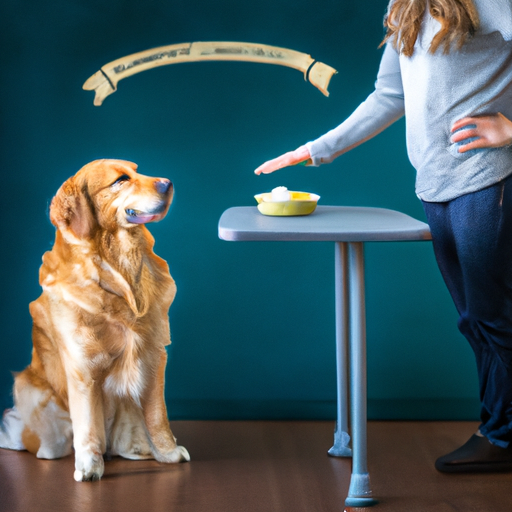Resource guarding is a common issue in dogs, characterized by aggressive behaviors when they feel their food, toys, or territory are threatened. From growling and snarling to biting, these behaviors can be alarming and dangerous. But fear not, there’s hope. This guide will help you understand why resource guarding happens and how you can help your pet overcome it.
Table of Contents
- Understanding Resource Guarding
- Identifying Resource Guarding
- Steps to Stop Resource Guarding
- Preventing Resource Guarding
- Frequently Asked Questions
Key Takeaways
- Resource guarding is a natural canine behavior but can escalate to dangerous levels if not managed.
- It’s crucial to identify signs of resource guarding early to implement effective measures.
- The process of stopping resource guarding involves desensitization and counter-conditioning techniques.
- Prevention is always better than cure. Preventive measures can be started as early as puppyhood.
- Patience and consistency are key to successful behavior modification.
Understanding Resource Guarding
Resource guarding is a survival instinct. In the wild, a dog’s survival relies on its ability to protect its food and territory. Domestic dogs may still exhibit this behavior, protecting not just food, but also toys, beds, and even human family members.
However, when a dog’s reaction is excessively aggressive, it poses a risk to humans and other pets in the household. Such behavior may stem from fear or anxiety, and it’s essential to address it appropriately. This comprehensive guide on dog behavior can provide more background on why dogs act the way they do.
Identifying Resource Guarding
Recognizing the signs of resource guarding is the first step to resolving the issue. Common signs include:
- Growling or snarling when someone approaches their food or toys
- Eating faster when someone is nearby
- Running away with food or toys when approached
- Showing signs of stress or anxiety around their resources
If you observe these behaviors, it’s a good idea to consult a professional dog behaviorist for guidance. You can find more about this in our post at OneTopDog.
Steps to Stop Resource Guarding
Addressing resource guarding requires a gentle approach that reassures your pet rather than exacerbating their anxiety. Here are the steps you can follow:
1. Desensitization: Start by observing your pet from a distance they’re comfortable with while they’re eating or playing with their favorite toy. Gradually decrease this distance over time, allowing your pet to become comfortable with your proximity.
2. Counter-conditioning: Once your pet is comfortable with your presence, begin associating it with positive experiences. For example, toss a treat to your dog while they’re eating. They’ll start associating your presence with positive experiences, reducing the need to guard their resources.
Remember, patience is key. This process can take weeks or months, but it’s critical not to rush it. Here’s a more detailed guide on desensitization and counter-conditioning for your reference.
Preventing Resource Guarding
Preventing resource guarding is far easier than rectifying it. Here are some strategies you can use:
- Teach “drop it” and “leave it” commands: These commands can prevent your dog from developing guarding behaviors and ensure their safety.
- Avoidance of triggers: If certain situations trigger resource guarding, try to avoid them. For example, if your dog guards their food, feed them separately from other pets.
- Provide plenty of resources: Ensure your dog has plenty of toys and personal space. This can reduce competition and the need to guard resources.
- Socialization: Socializing your dog from a young age with other dogs and people can prevent guarding behaviors.
You can learn more about these preventive measures in this post at OneTopDog.
Frequently Asked Questions
-
Can I punish my dog for resource guarding?
No. Punishment can increase your pet’s anxiety and make resource guarding worse. Always use positive reinforcement techniques. -
Should I take away my dog’s resources?
Taking away your dog’s resources can exacerbate their guarding behavior. Instead, work on making your dog comfortable sharing their resources. -
Can all dogs be trained to stop resource guarding?
With patience and consistency, most dogs can be trained to stop resource guarding. However, in severe cases, it may be best to seek the help of a professional behaviorist. -
Can older dogs be trained to stop resource guarding?
Yes, older dogs can be trained, but it may take longer than with younger dogs. The adage “you can’t teach an old dog new tricks” is a myth!
Remember, overcoming resource guarding is a journey, and your furry friend needs your patience and understanding. For more insights on dog behavior and training, visit OneTopDog.



